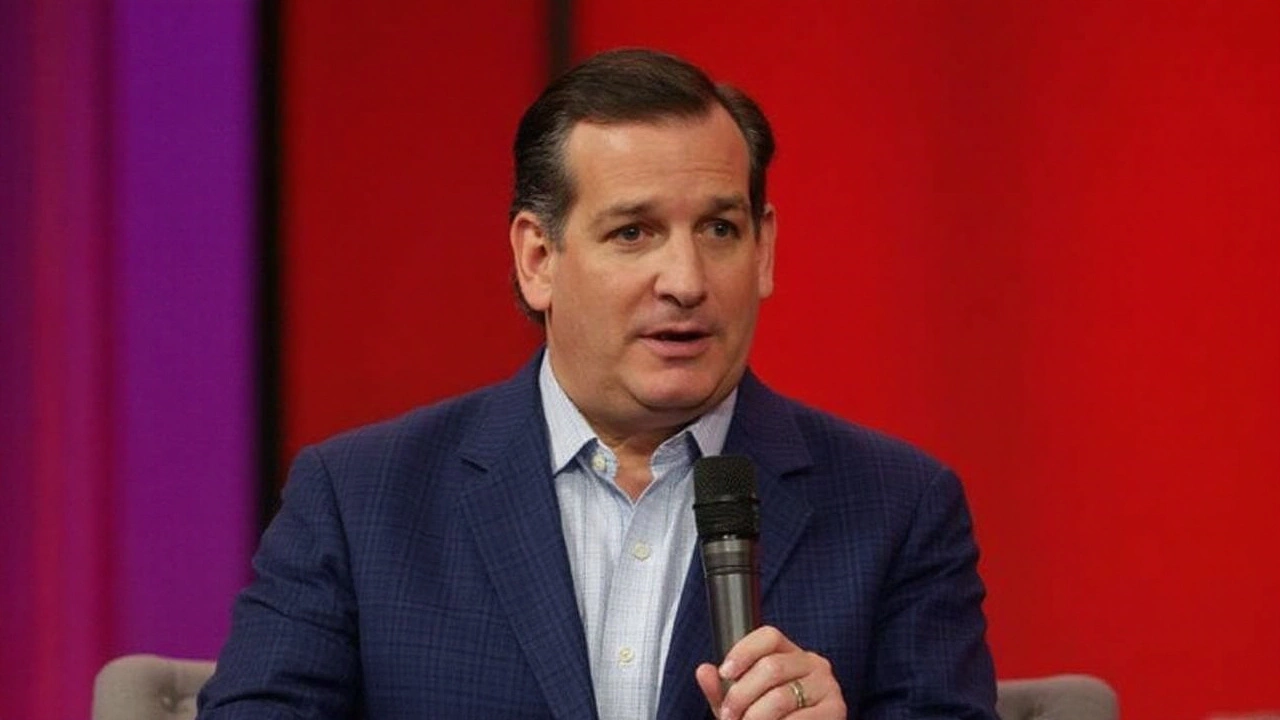Ted Cruz Presses Trump to Back Pilot Retirement Age Extension at UN Meeting
 Sep, 23 2025
Sep, 23 2025
Why the Age Limit Matters
Across the globe airlines are scrambling to fill cockpit seats. 2023 data from the International Air Transport Association (IATA) showed that more than 30,000 pilots were expected to retire in the next five years, while training pipelines struggle to keep pace. In response, IATA drafted a proposal to lift the mandatory retirement age for airline pilots from 65 to 67, arguing the extra two years could shave millions off the projected crew gap.
Senator pilot retirement age is at the center of the debate, and Cruz has taken the issue to the United Nations. In a letter to President Donald Trump, the Senate Commerce Committee chair urged the administration to publicly back the proposal at the International Civil Aviation Organization’s (ICAO) triennial assembly in Montreal. Cruz’s pitch frames the rule change as a “common‑sense” response to an industry shortage, insisting that seasoned captains are forced into early retirement despite being medically cleared to fly.
Support is already building in several corners of the world. Canada, Australia, Brazil, Japan, New Zealand and the United Kingdom have signaled they would welcome a higher ceiling, citing similar demographic pressures on their own fleets. ICAO’s delegates are slated to debate the recommendation next week, with U.S. Transportation Secretary Sean Duffy and FAA Administrator Bryan Bedford on the U.S. side of the table.

Pushback from Pilots and Congress
Labor groups are far from convinced. The Air Line Pilots Association (ALPA), representing roughly 60,000 U.S. pilots, warned that age‑related health issues—such as vision loss, cardiovascular strain and slowed cognitive processing—could rise sharply after 65. ALPA president Jason Ambrosi cited studies linking older pilots to higher incident rates in simulated emergency scenarios, arguing that safety should never be compromised for staffing convenience.
Congress has already shown resistance. A 2024 vote rejected a similar amendment after the FAA called for more research into the long‑term effects of extending the retirement threshold. Current regulations under FAR Part 121 still cap commercial airline pilots at 65, a rule that has been credited with the United States’ strong safety record.
Even within the administration, opinions diverge. While Duffy is attending the Montreal meeting, he has previously questioned the age limit for air traffic controllers, suggesting a broader reevaluation of senior‑staffing policies across aviation. Critics argue that any shift must be backed by rigorous medical standards and continuous performance monitoring, rather than a blanket age increase.
The outcome of the ICAO discussion could reshape pilot career trajectories for the next decade. If the UN body adopts the IATA proposal and the U.S. signs on, airlines may be allowed to keep qualified captains on the flight deck until 67, potentially easing the staffing crunch without large‑scale hiring pushes. Conversely, a rejection would keep the status quo, forcing carriers to accelerate training programs or rely more heavily on charter and low‑cost operators to meet demand.
Stakeholders on all sides agree on one point: the balance between crew availability and uncompromised safety will define the next chapter of commercial aviation policy. As the Montreal assembly convenes, the eyes of airlines, regulators, and pilots worldwide will be trained on how the industry resolves this high‑stakes dilemma.